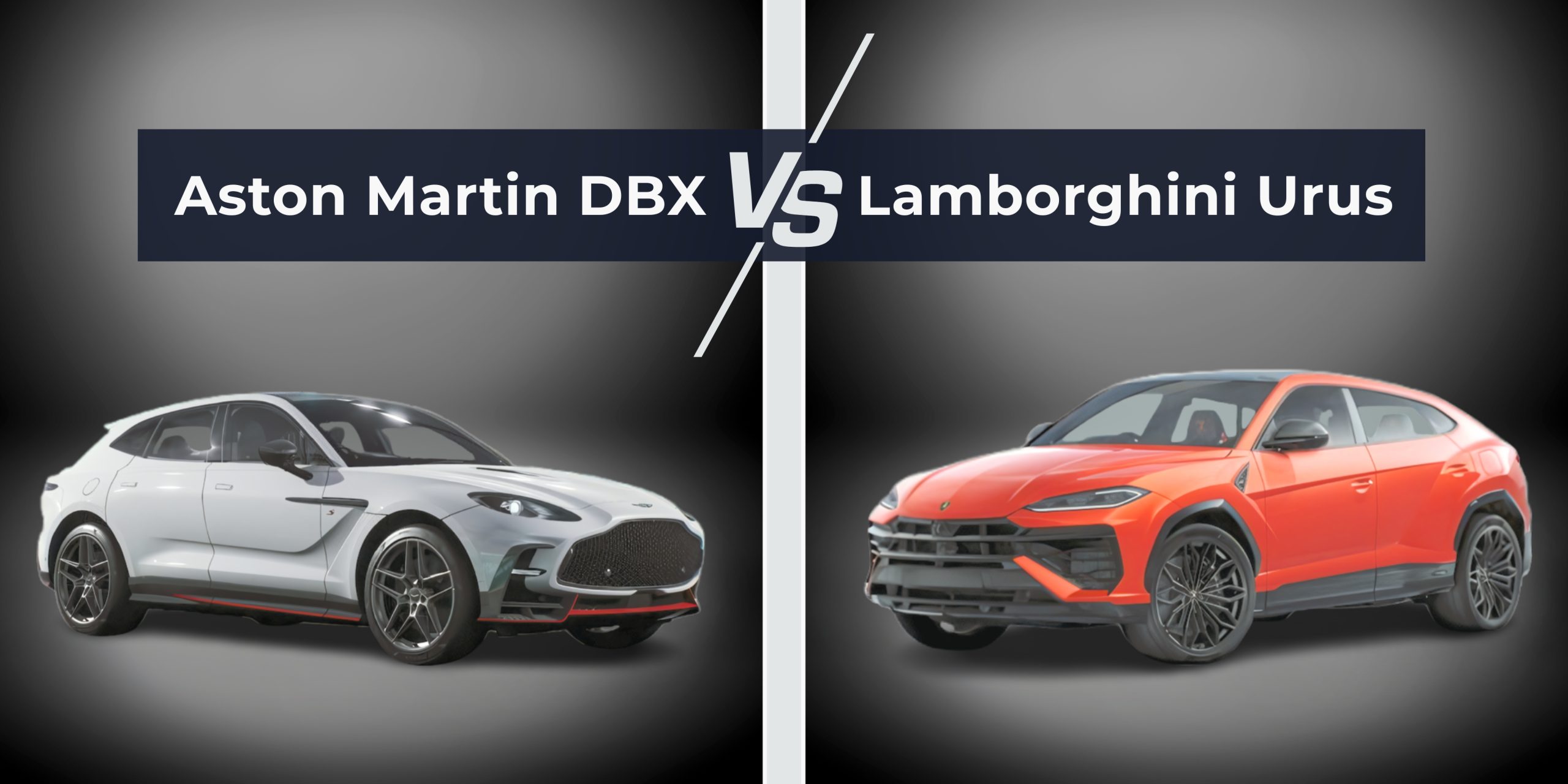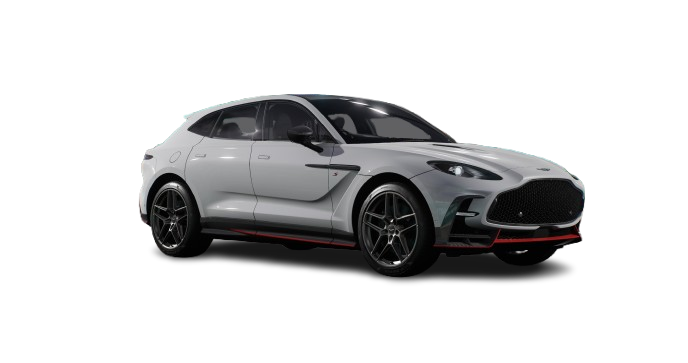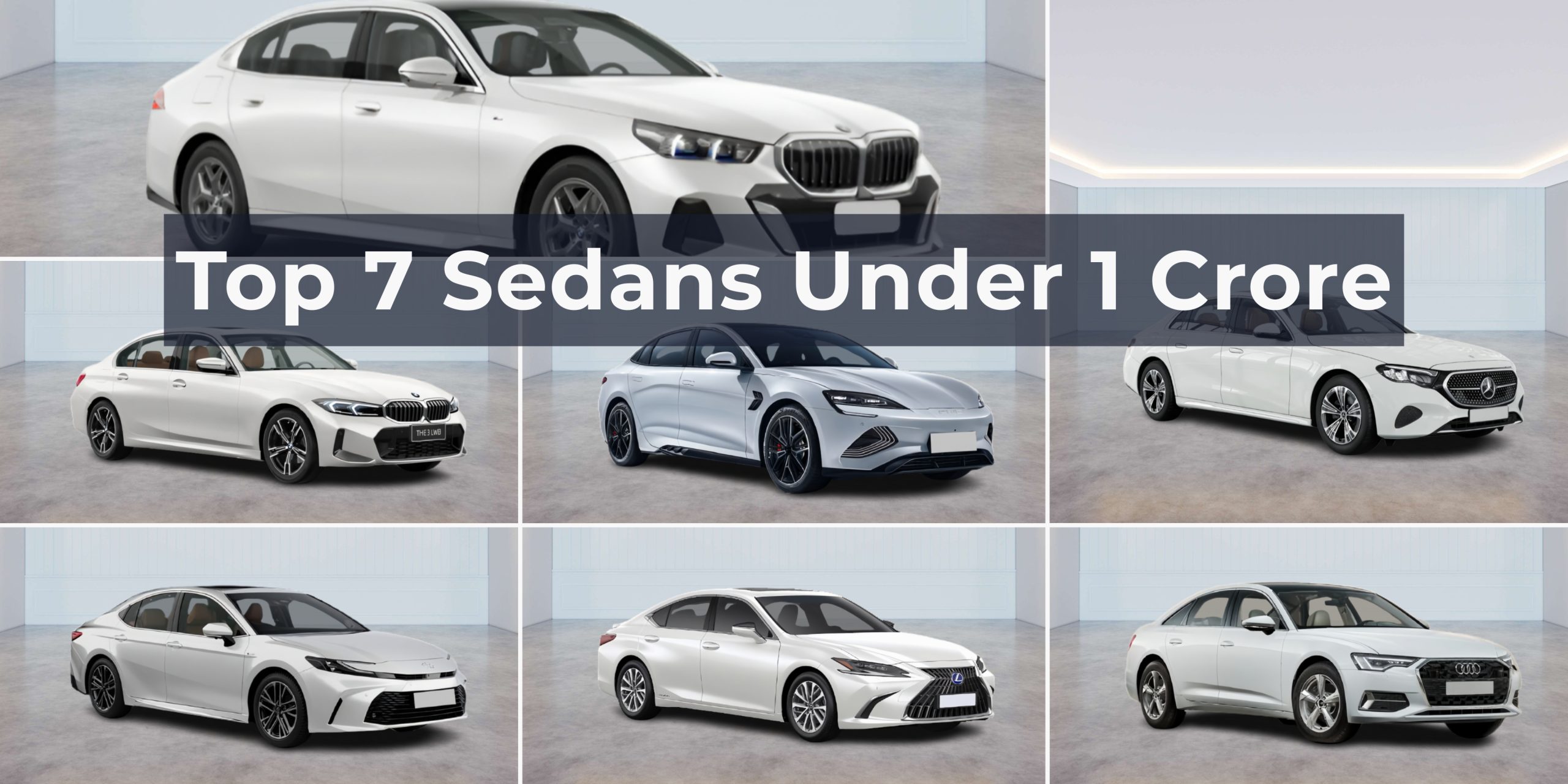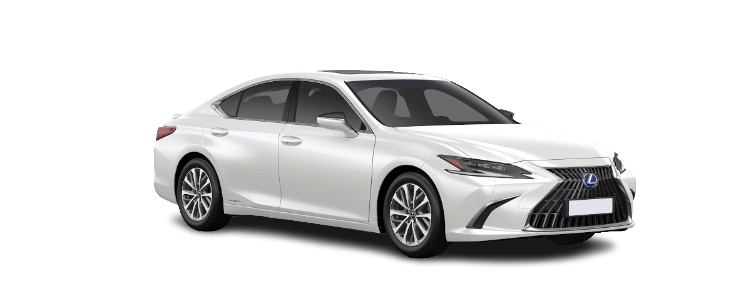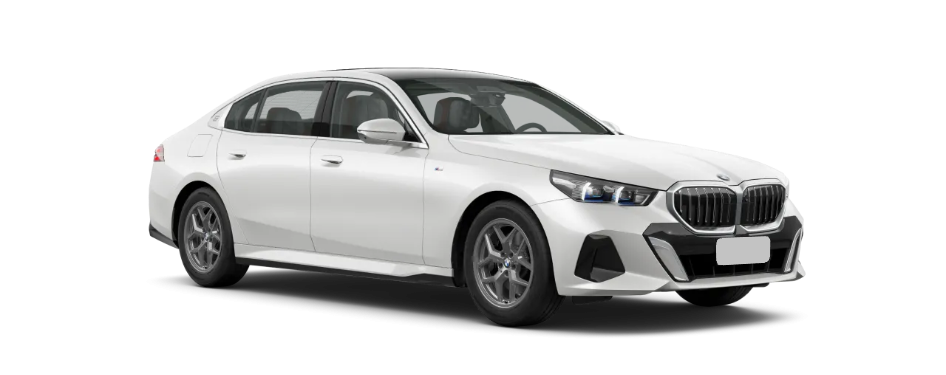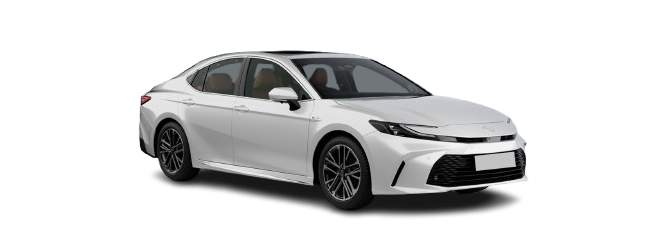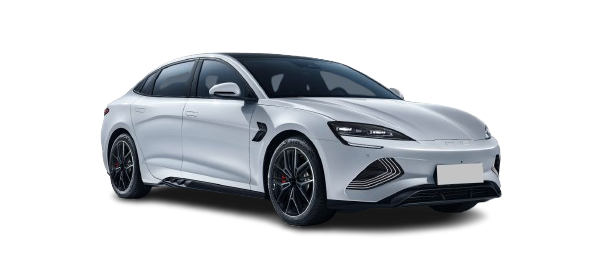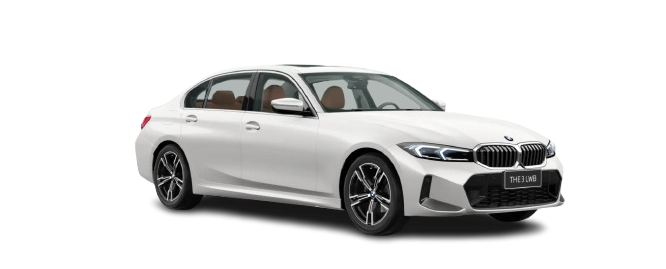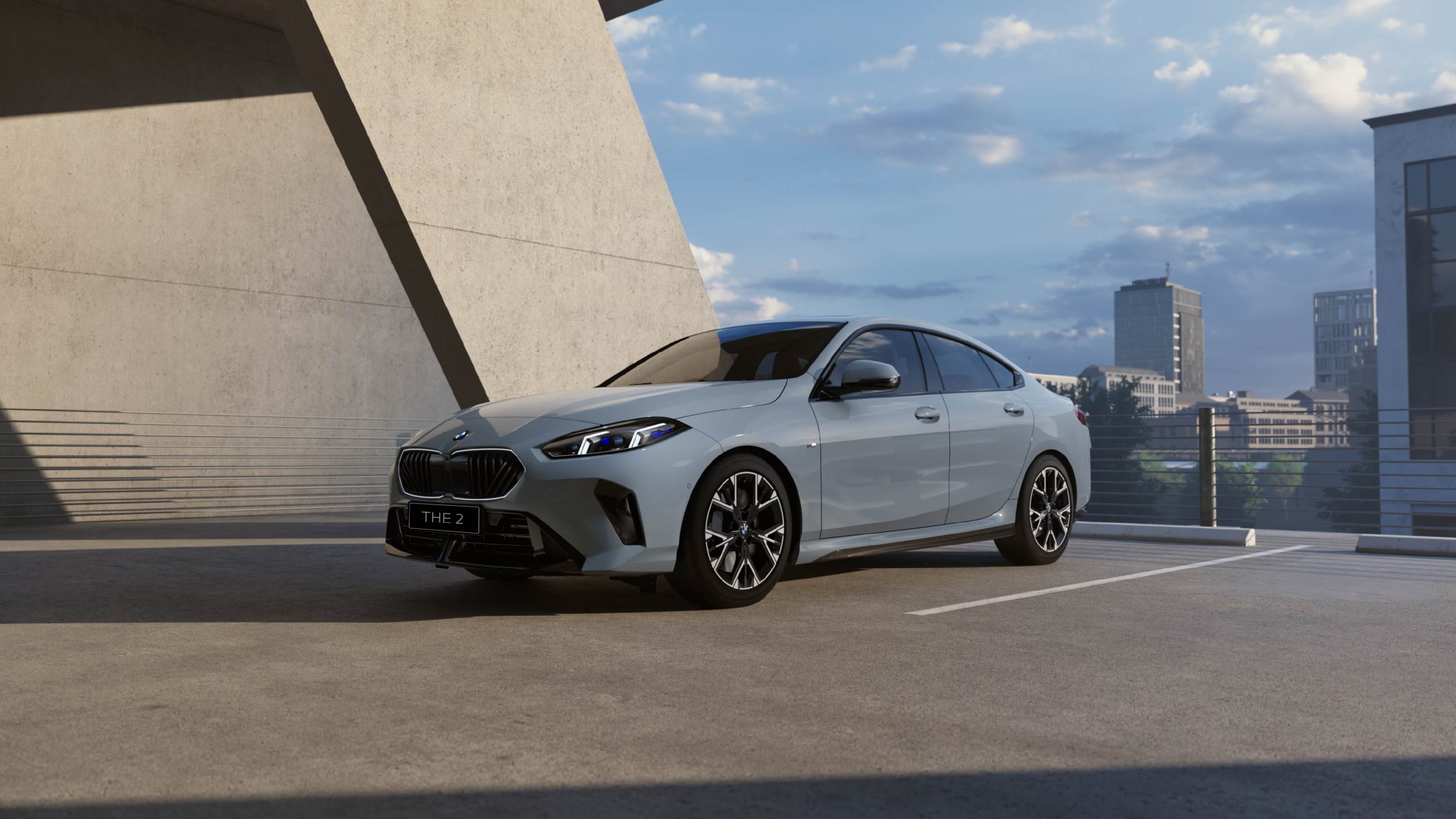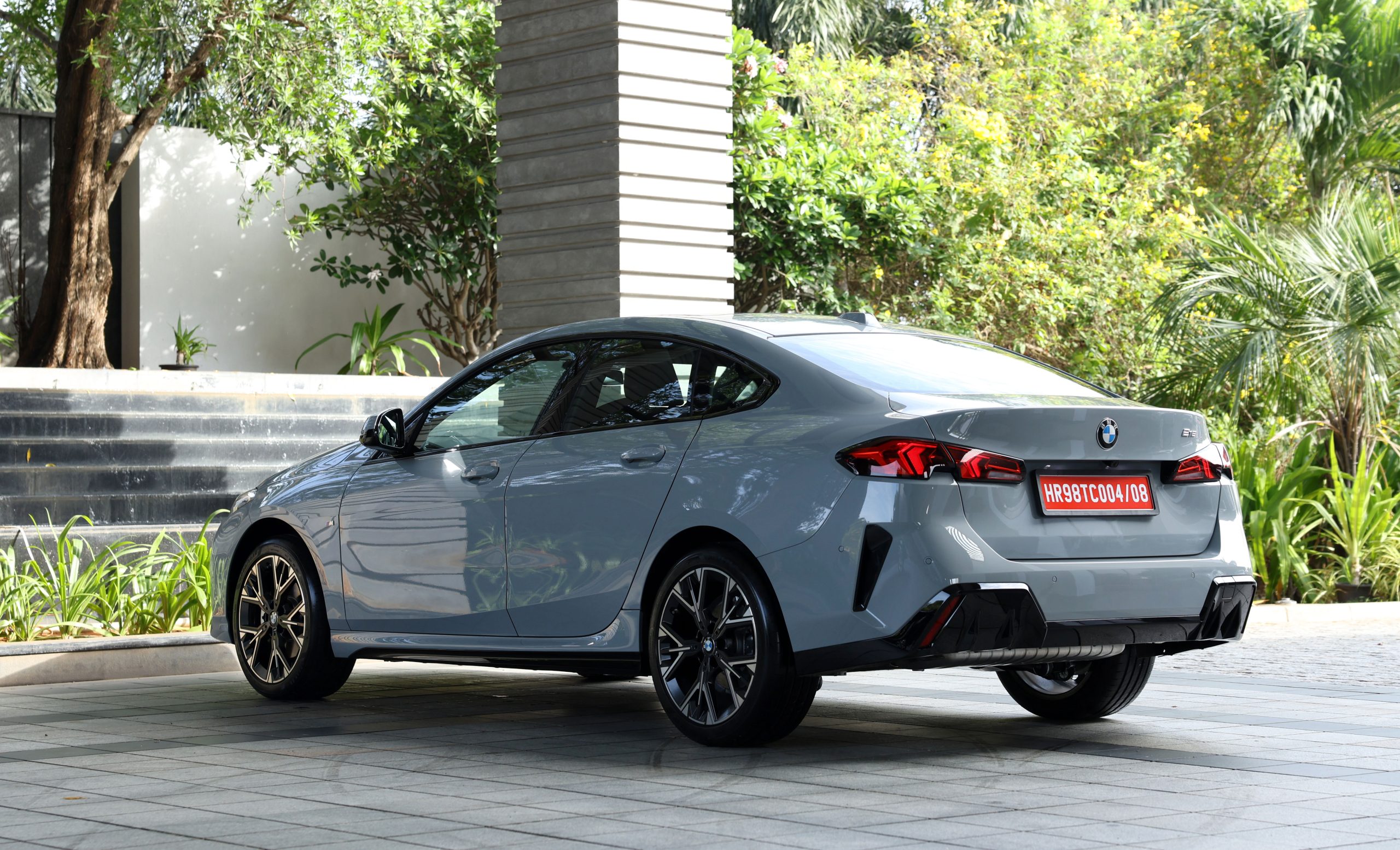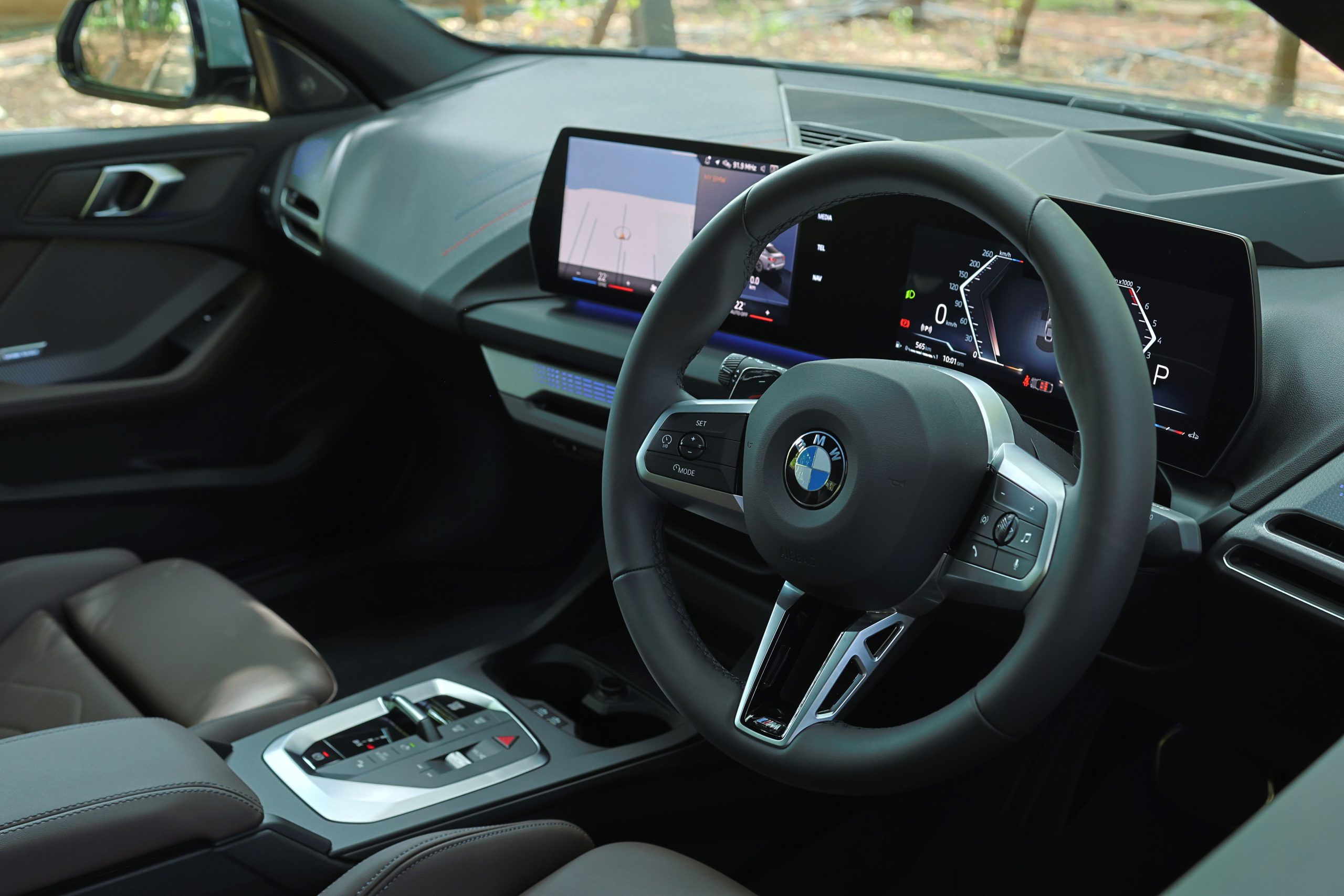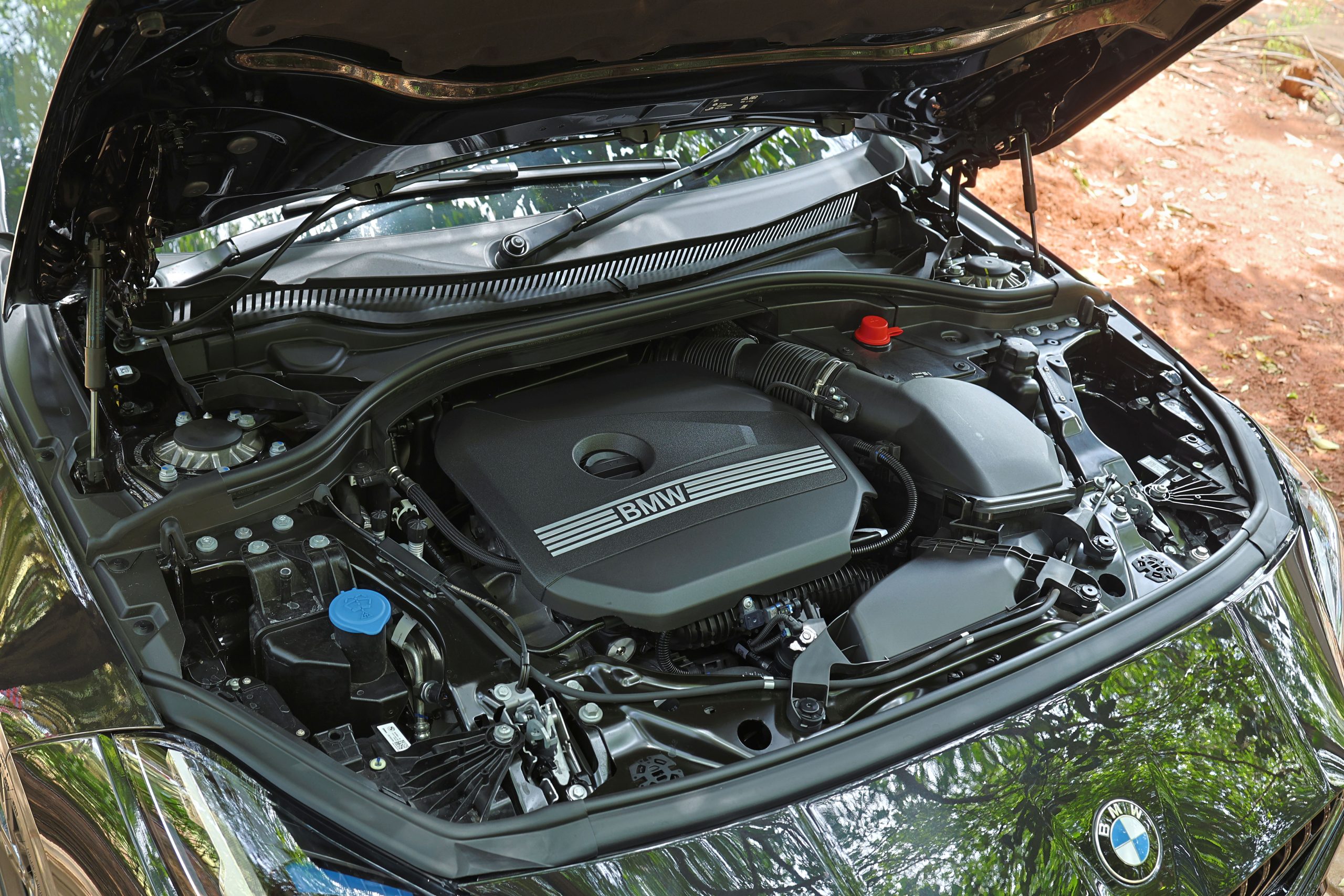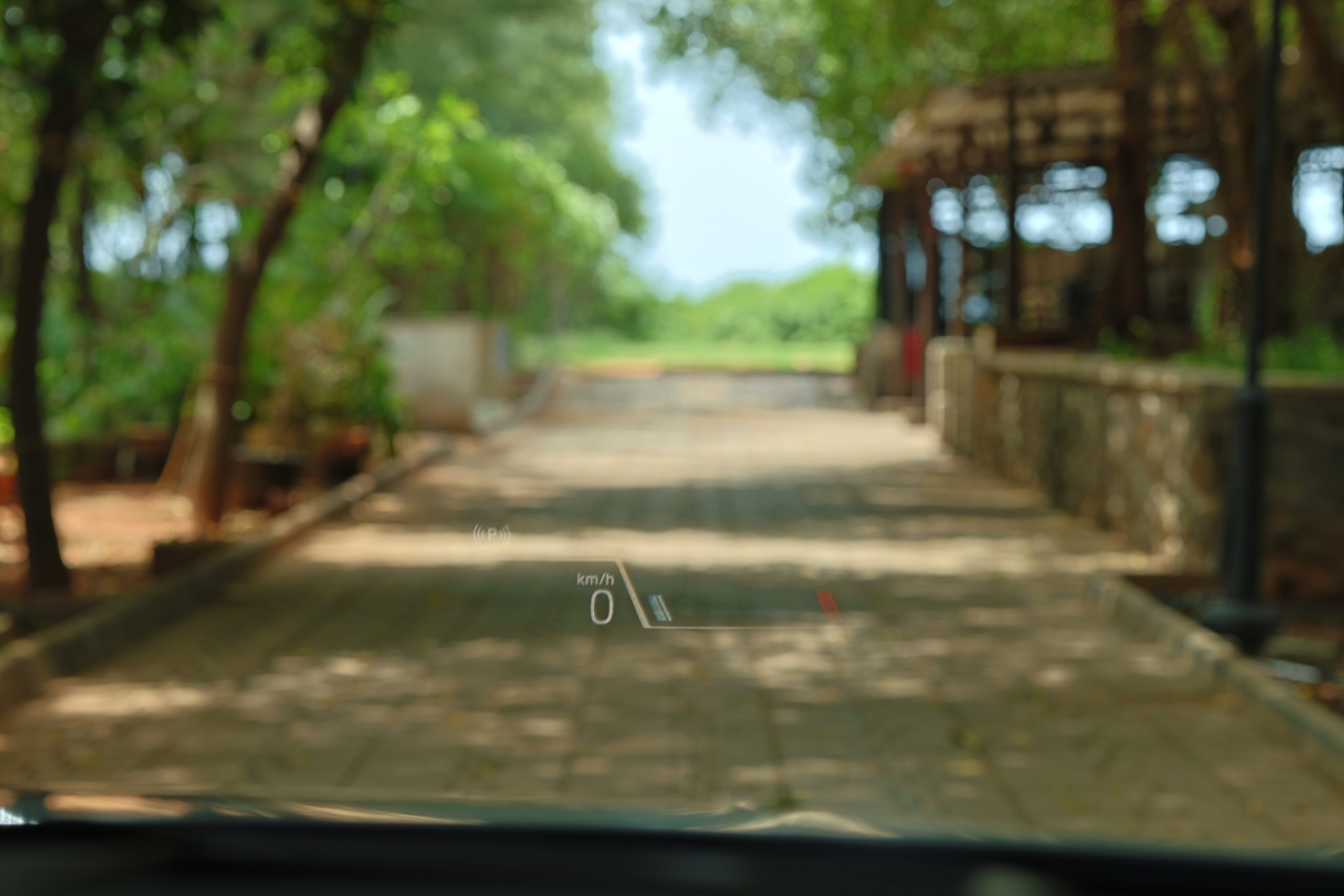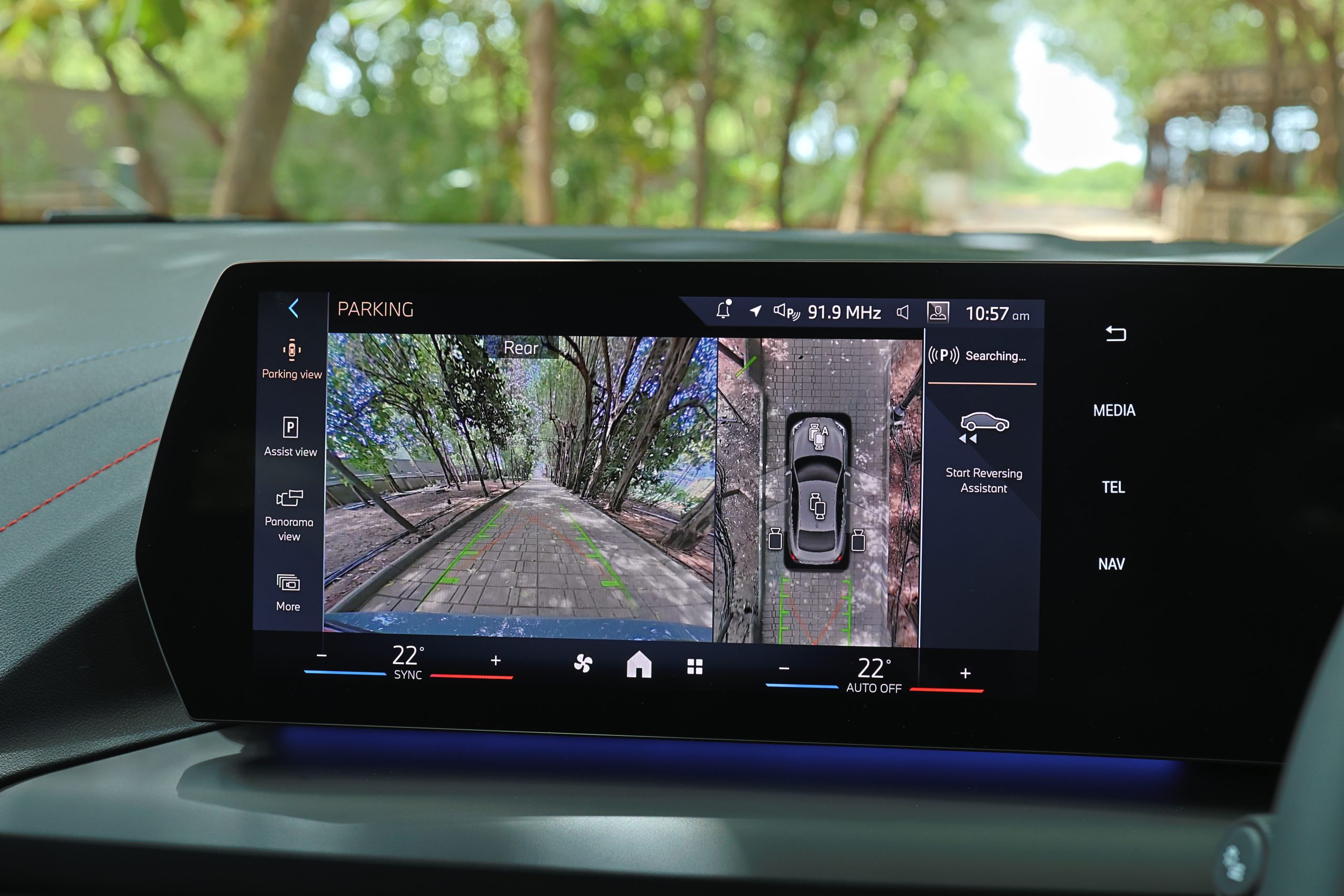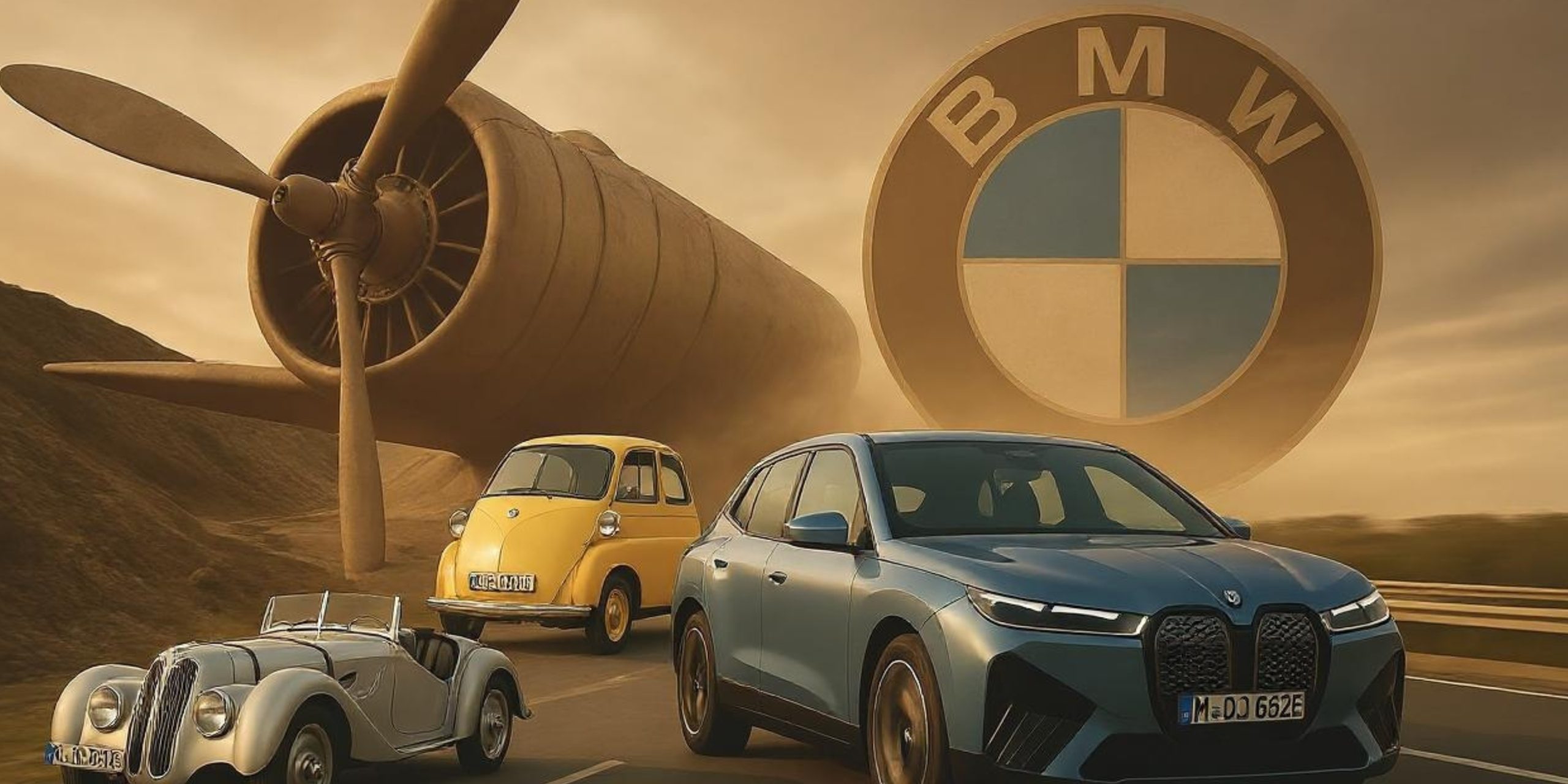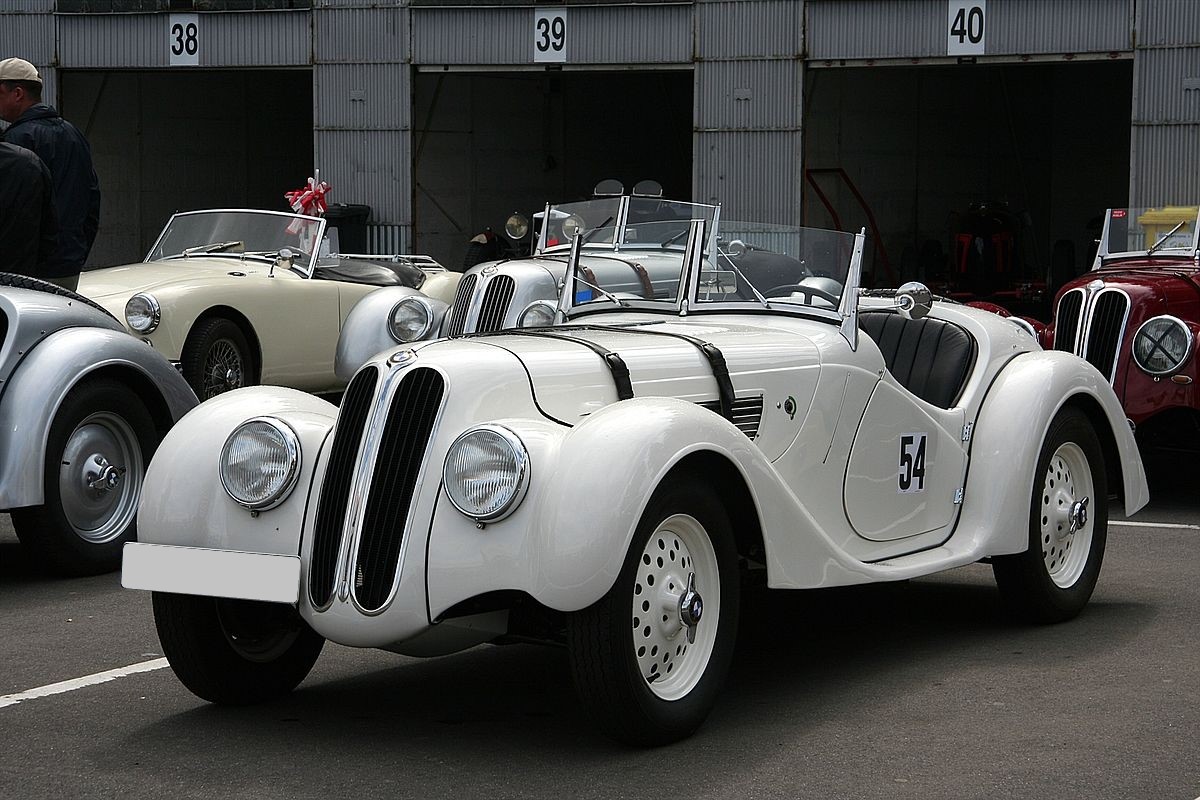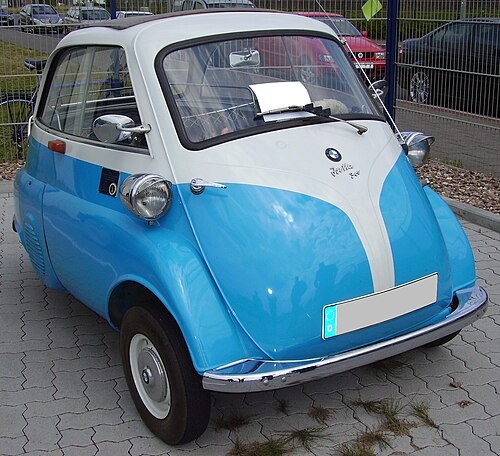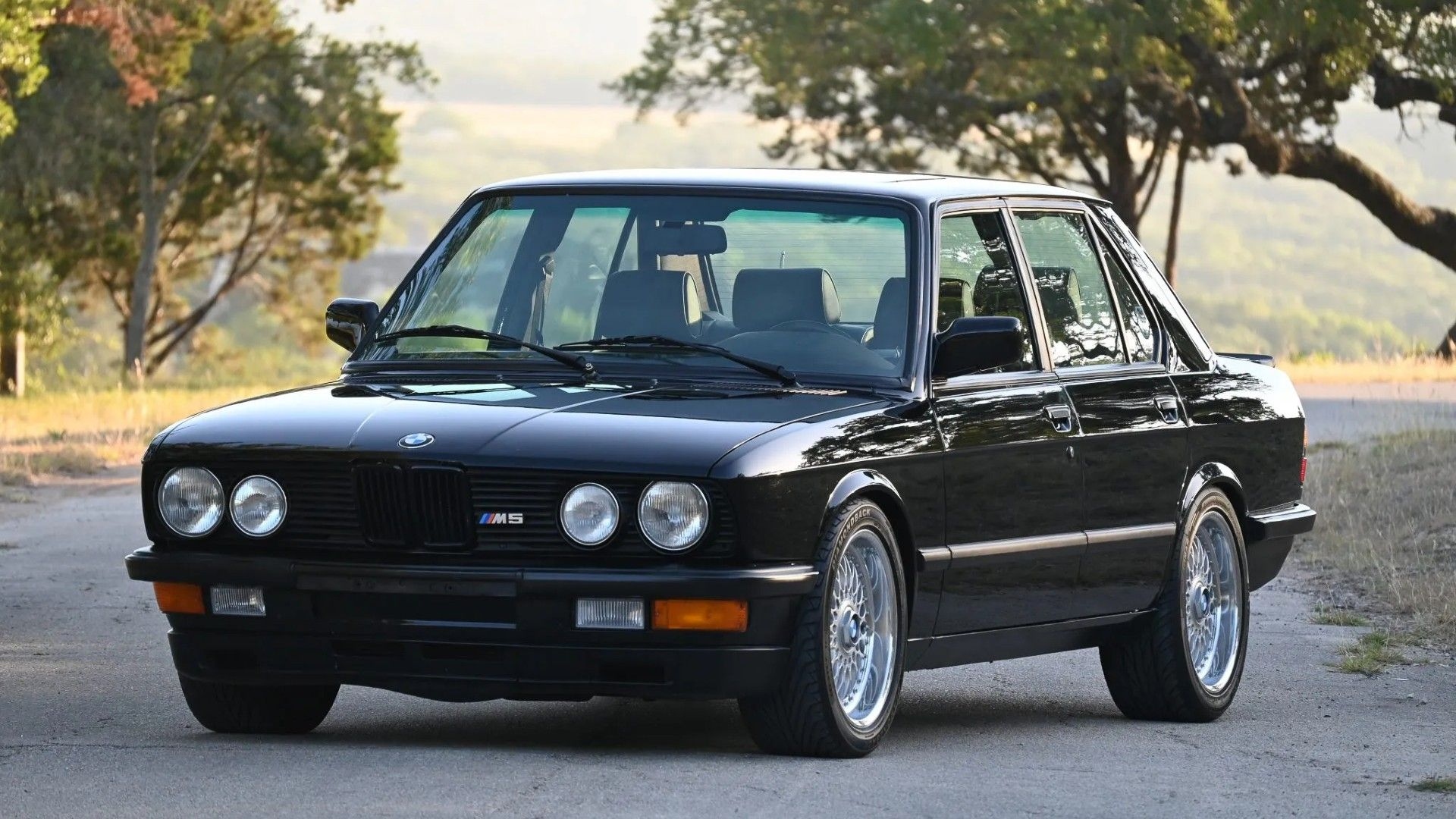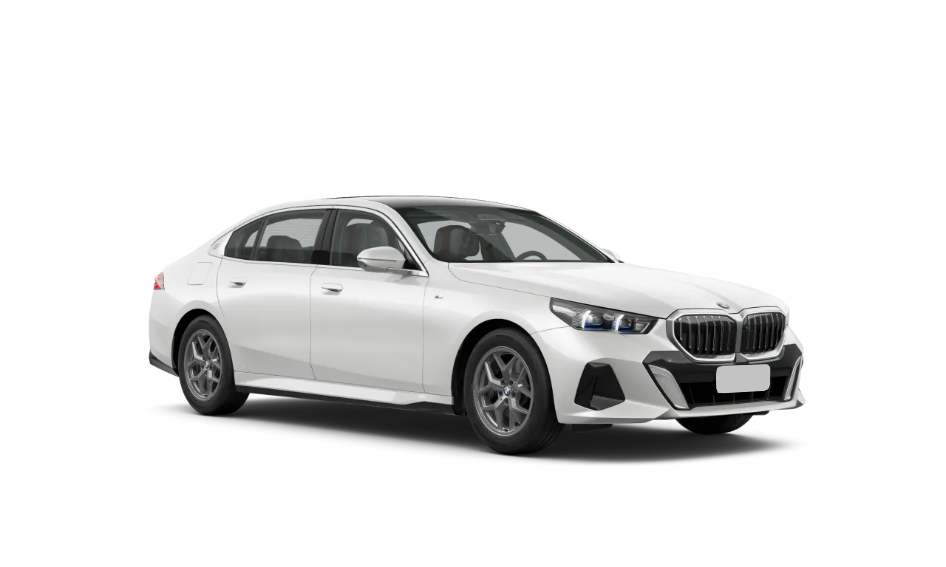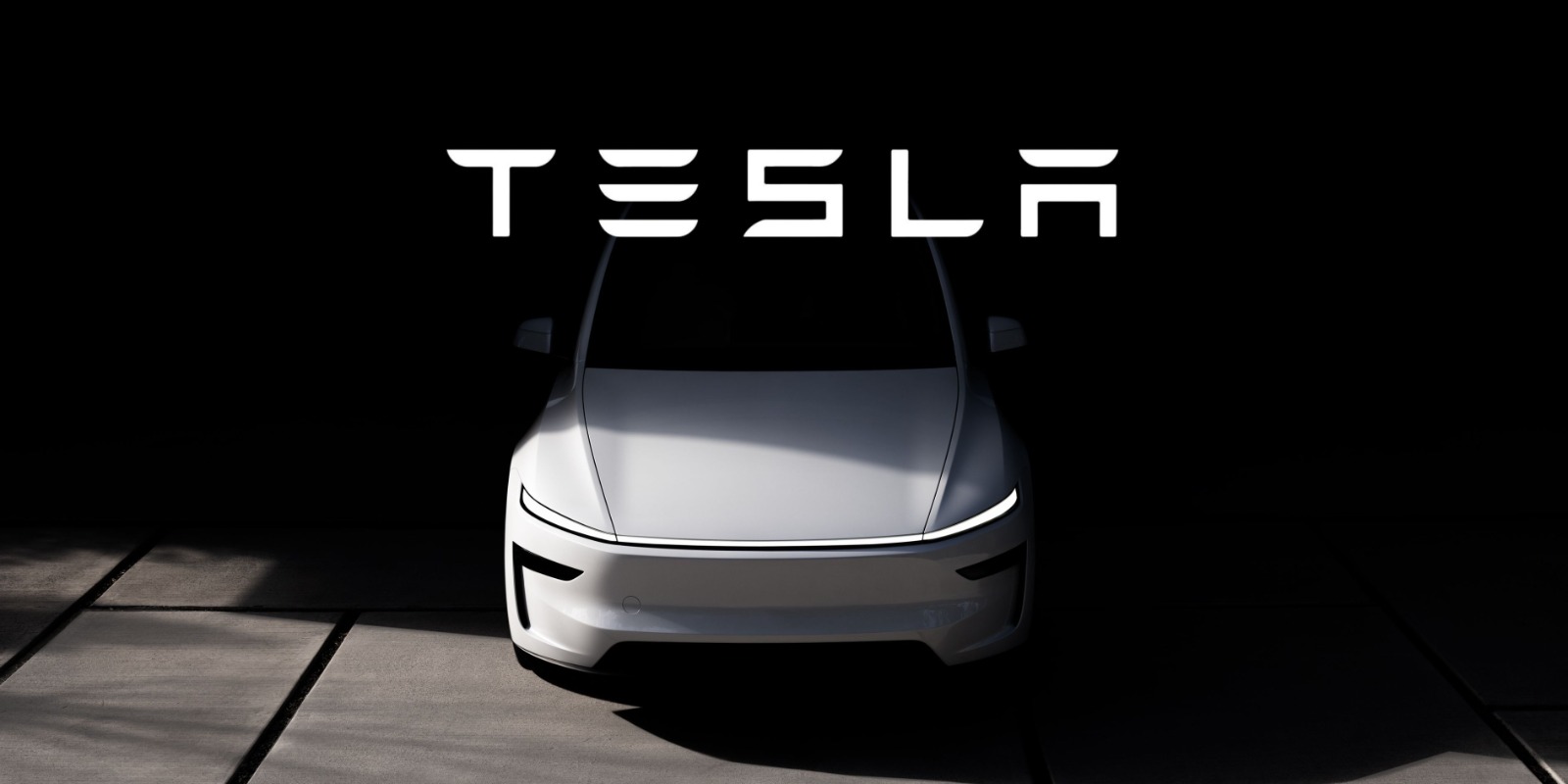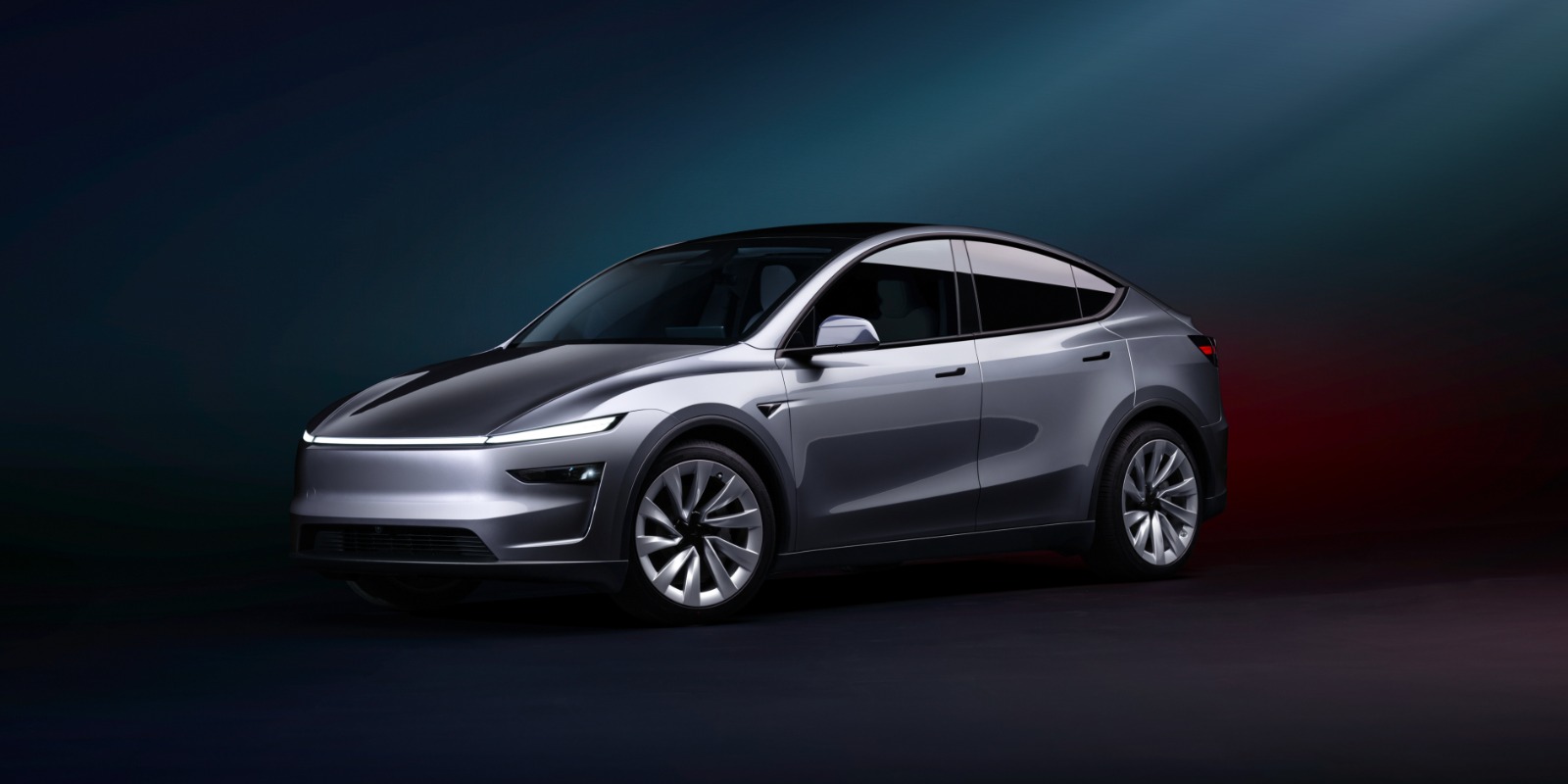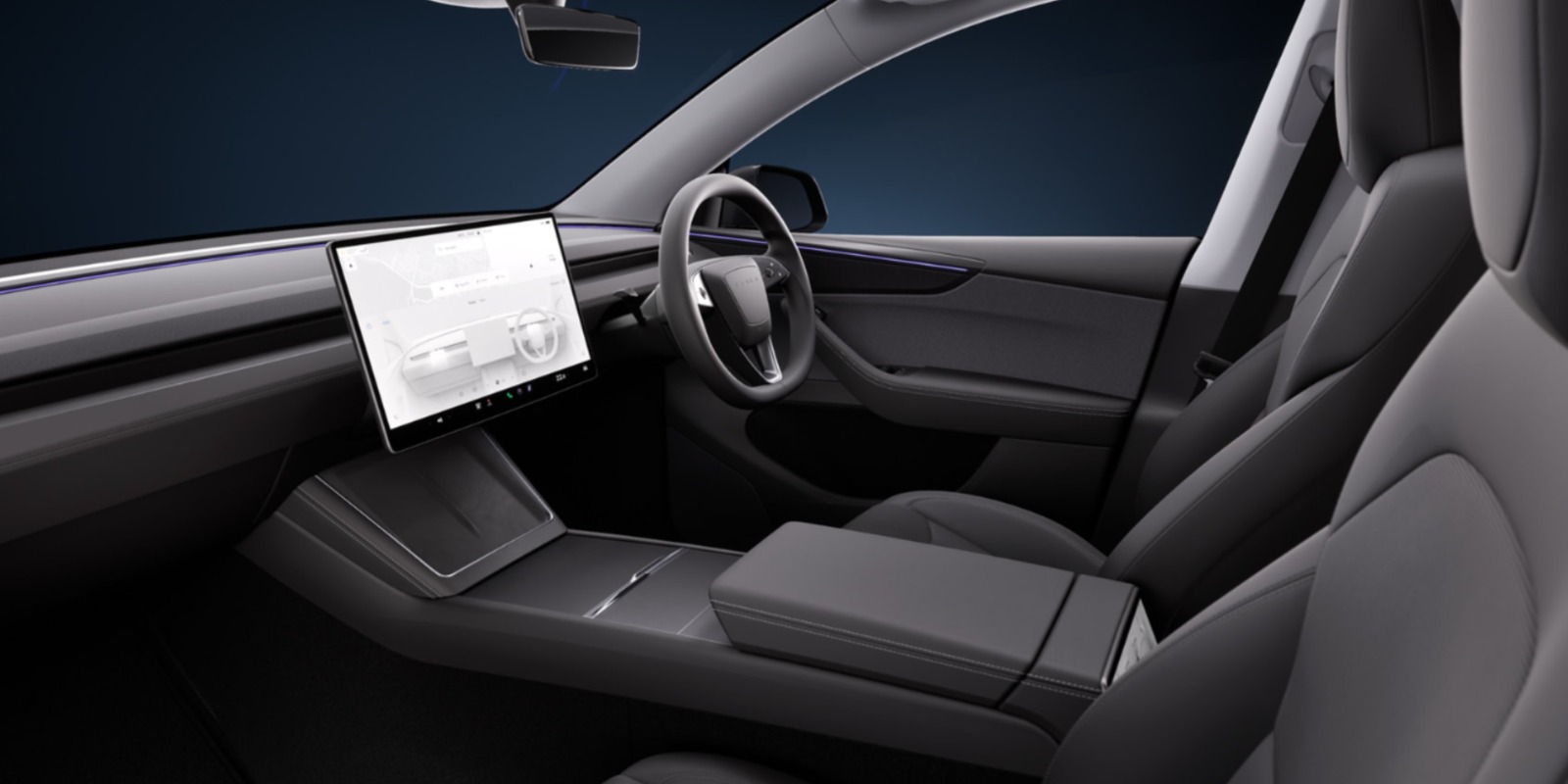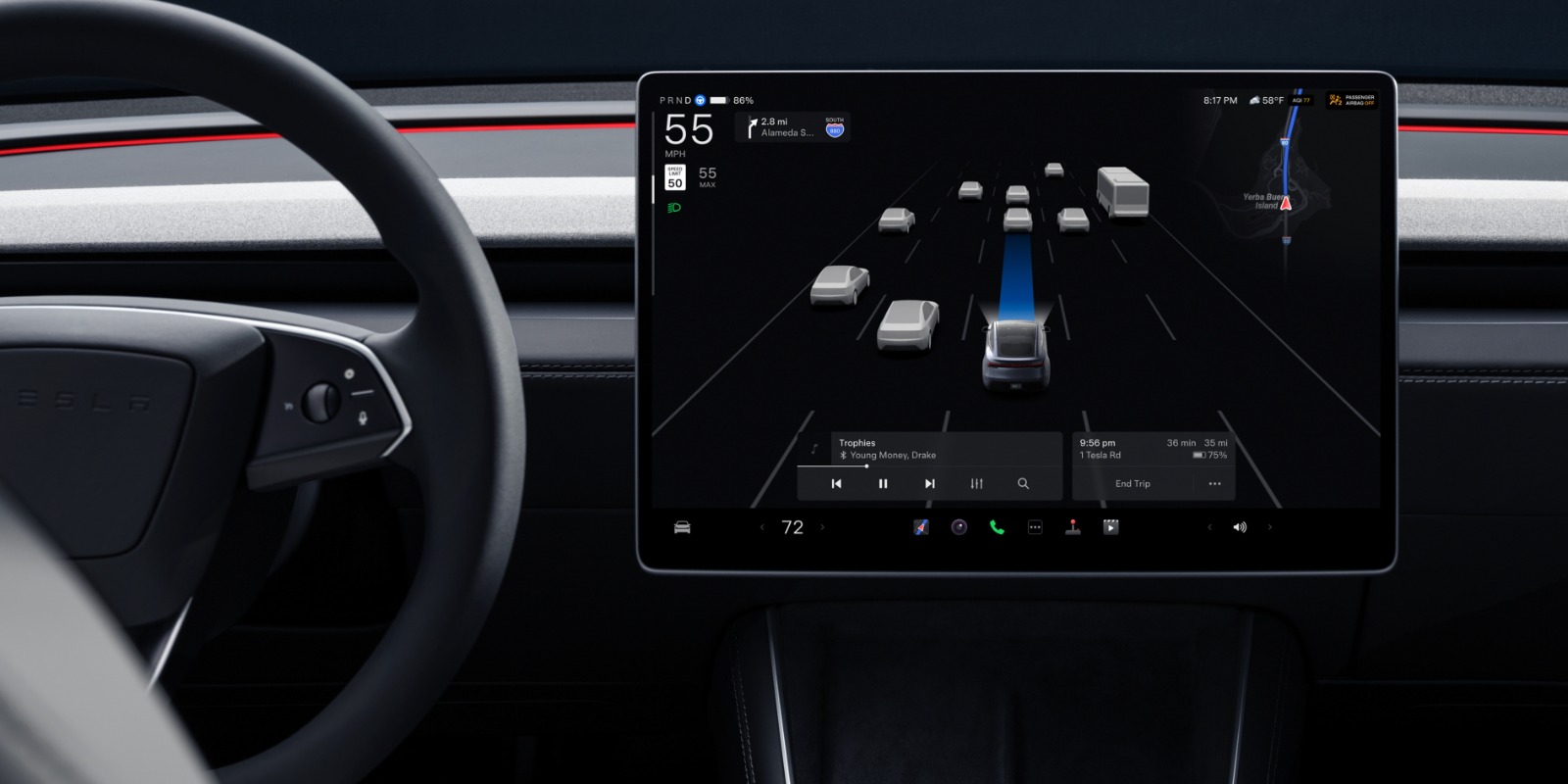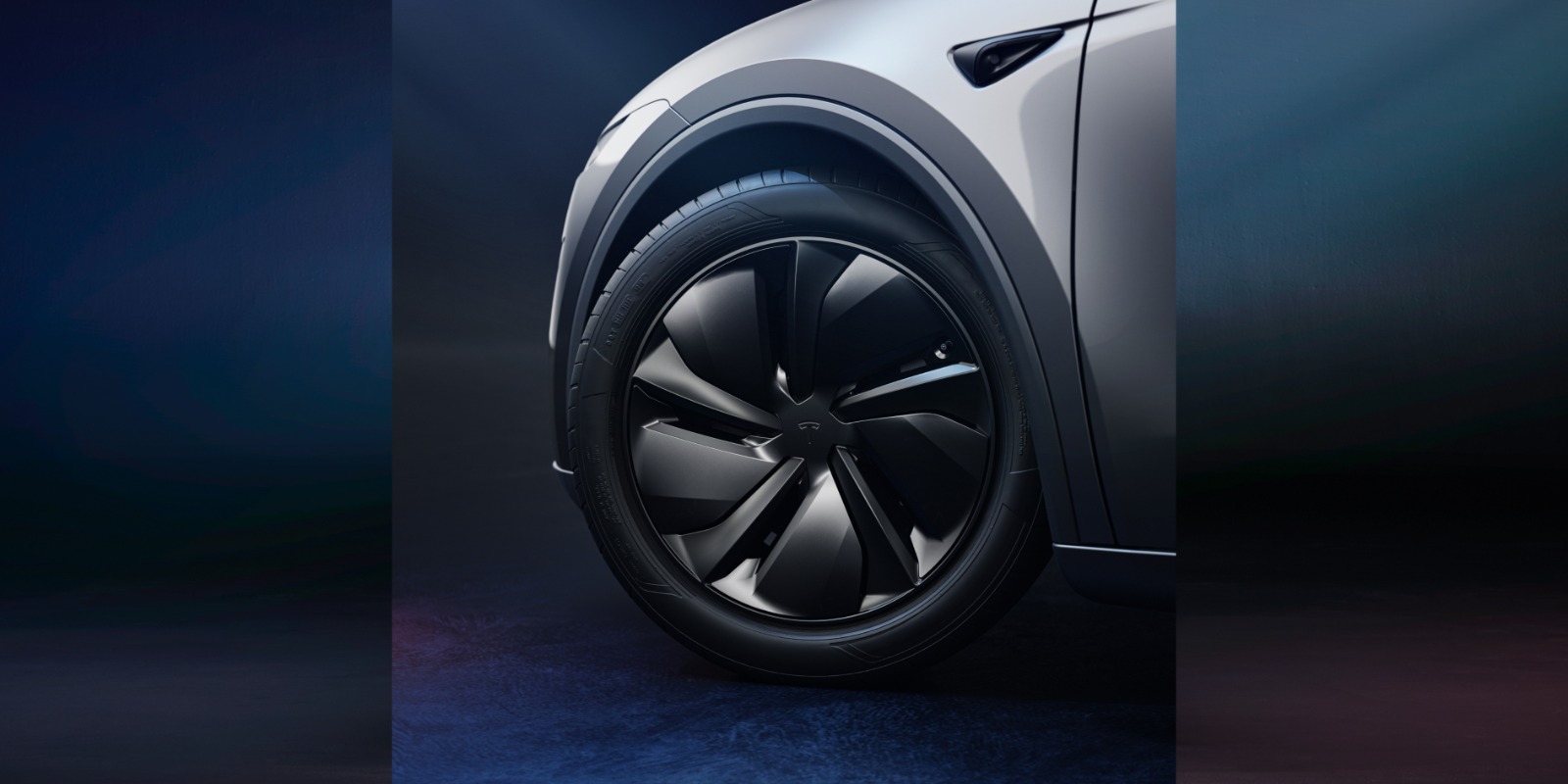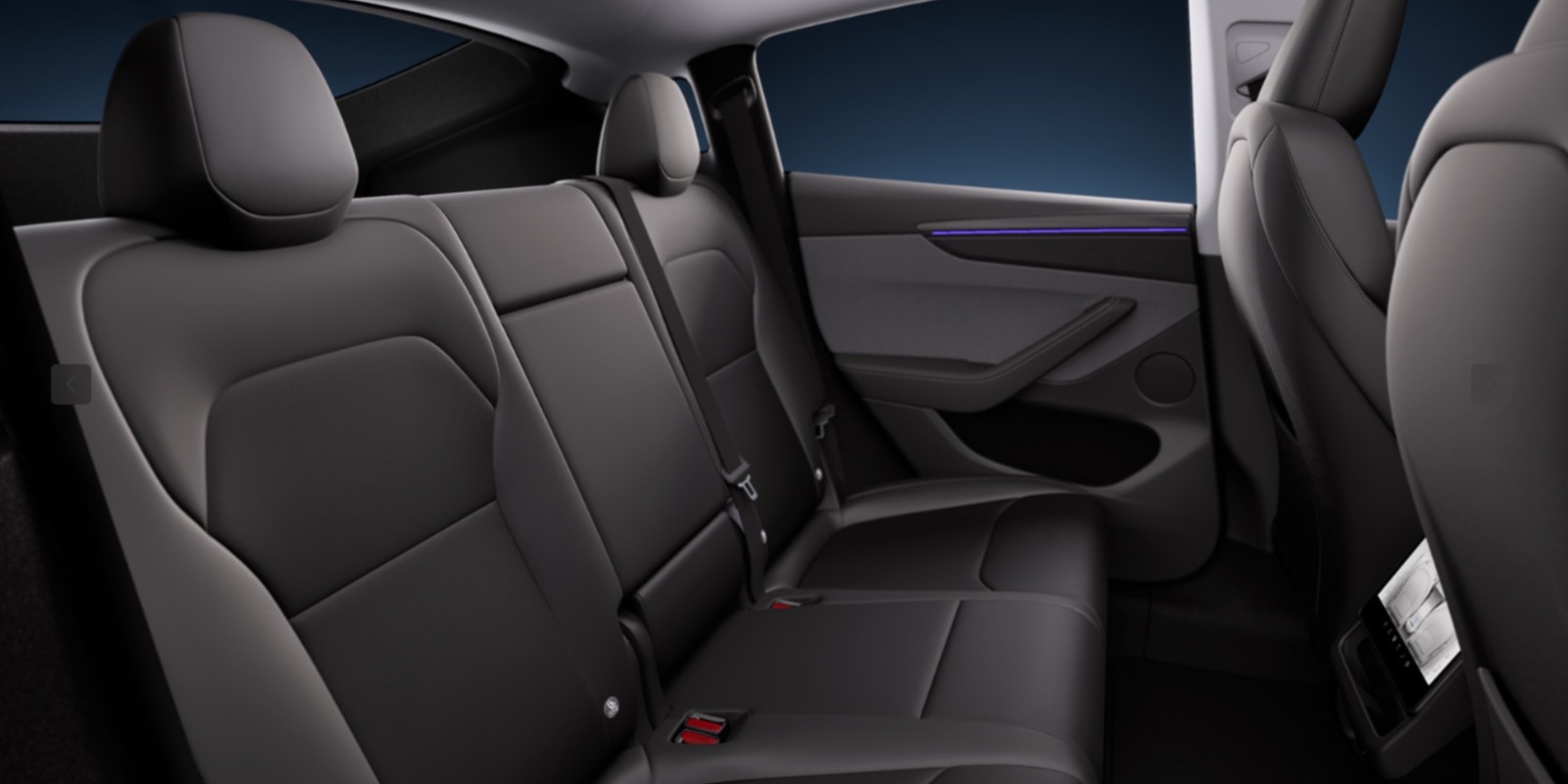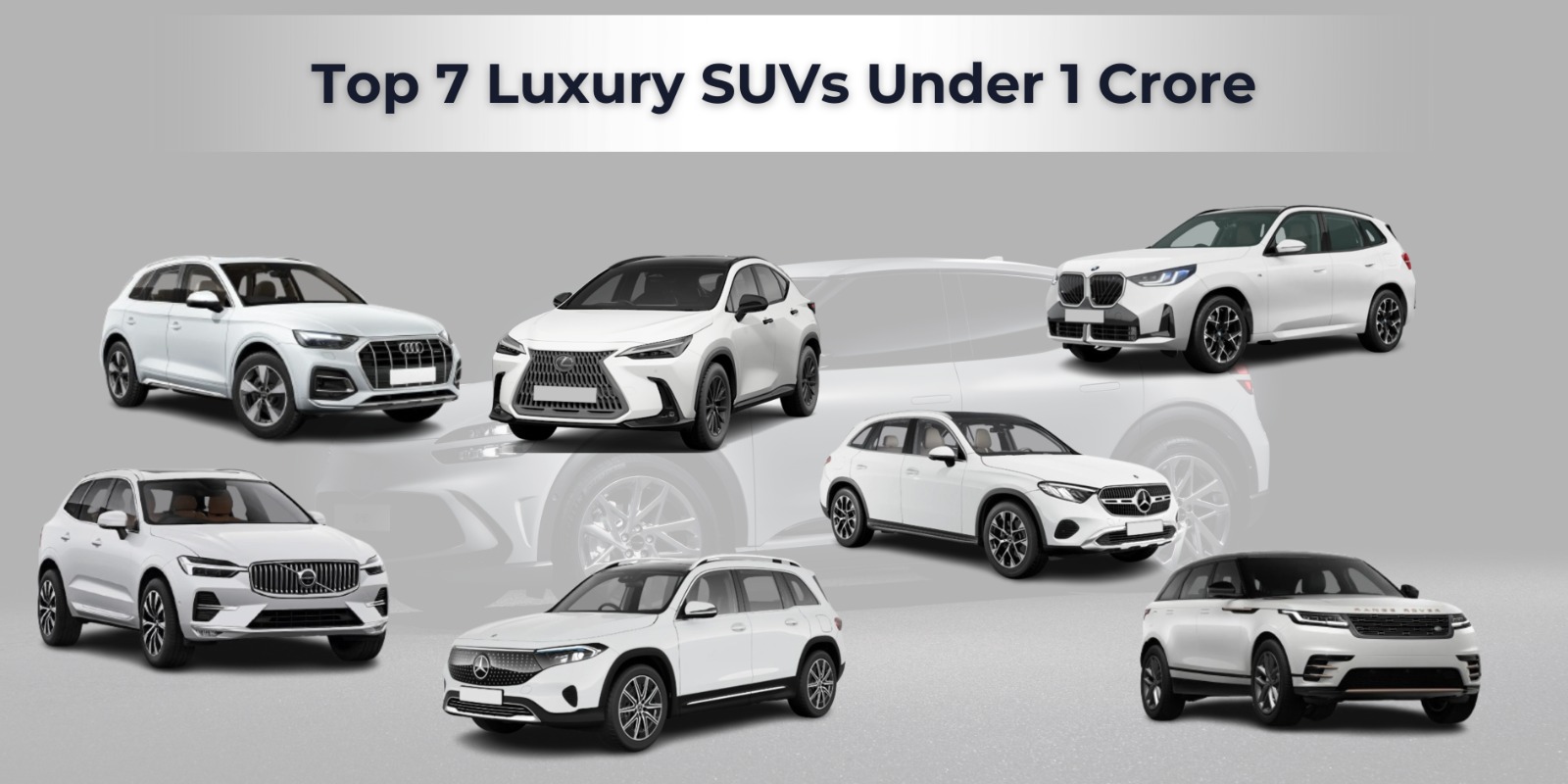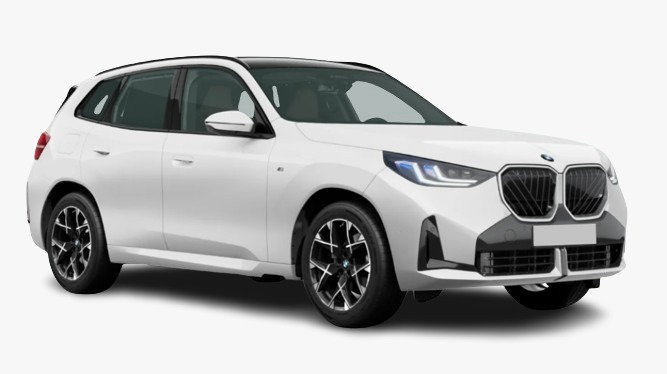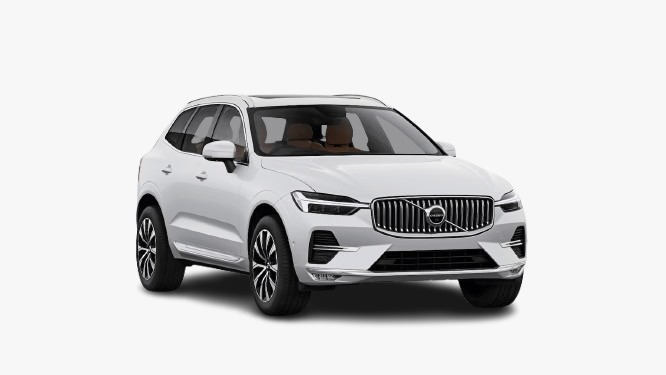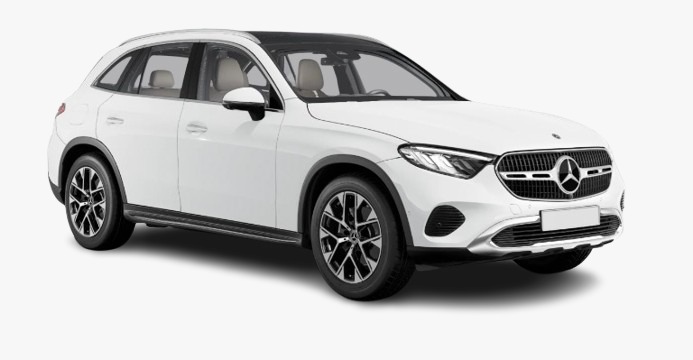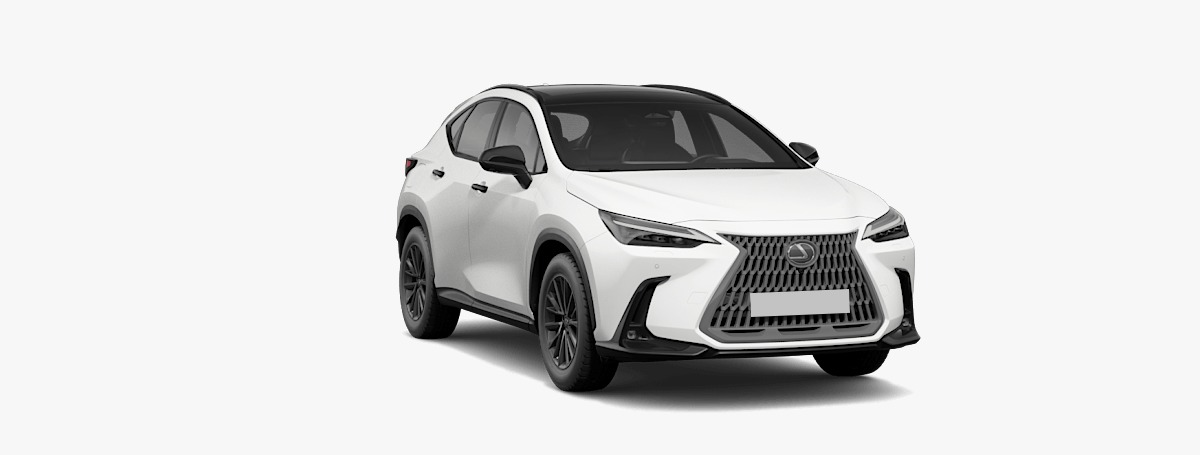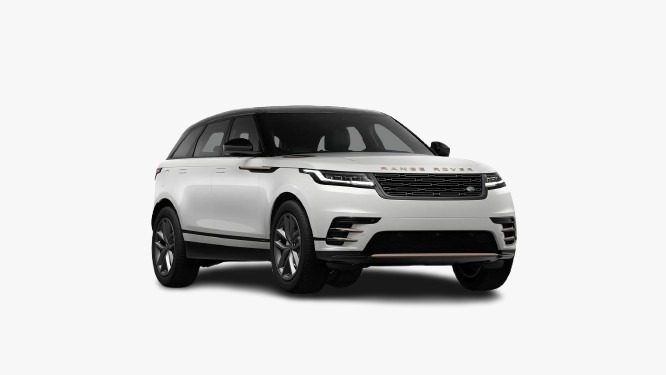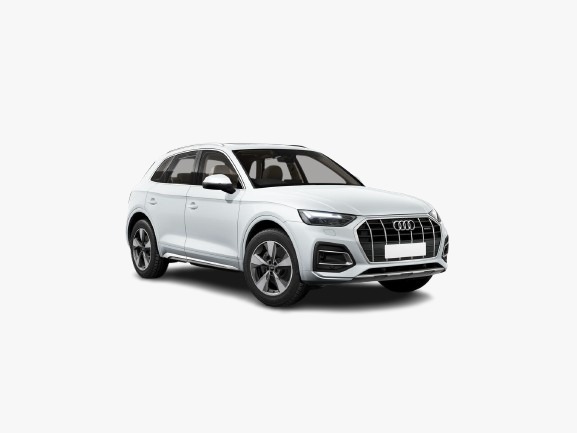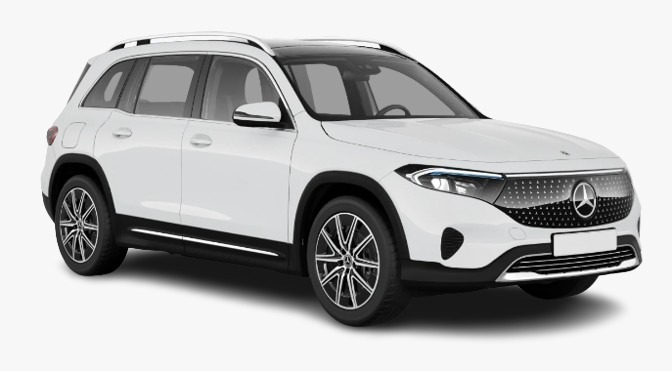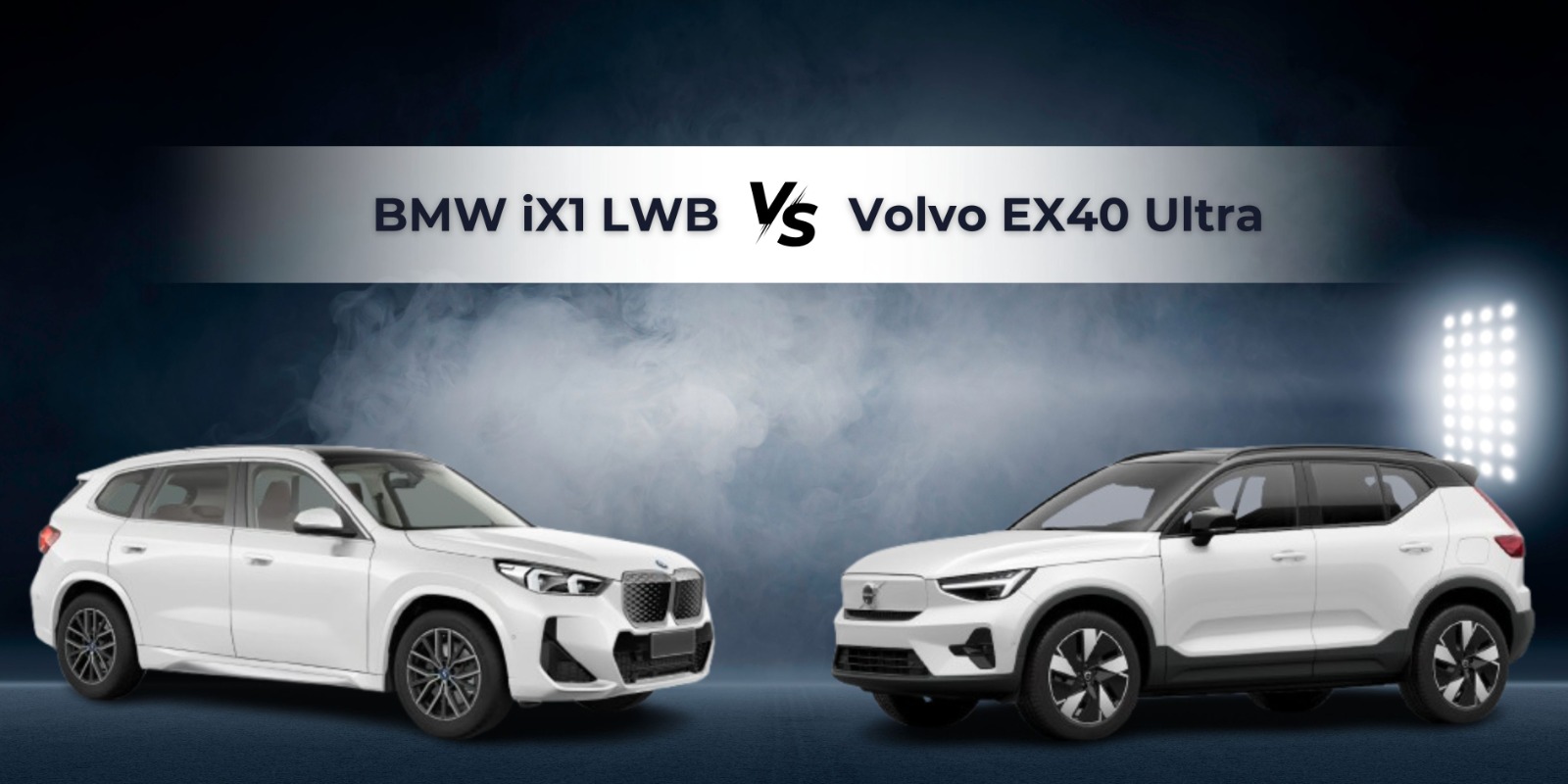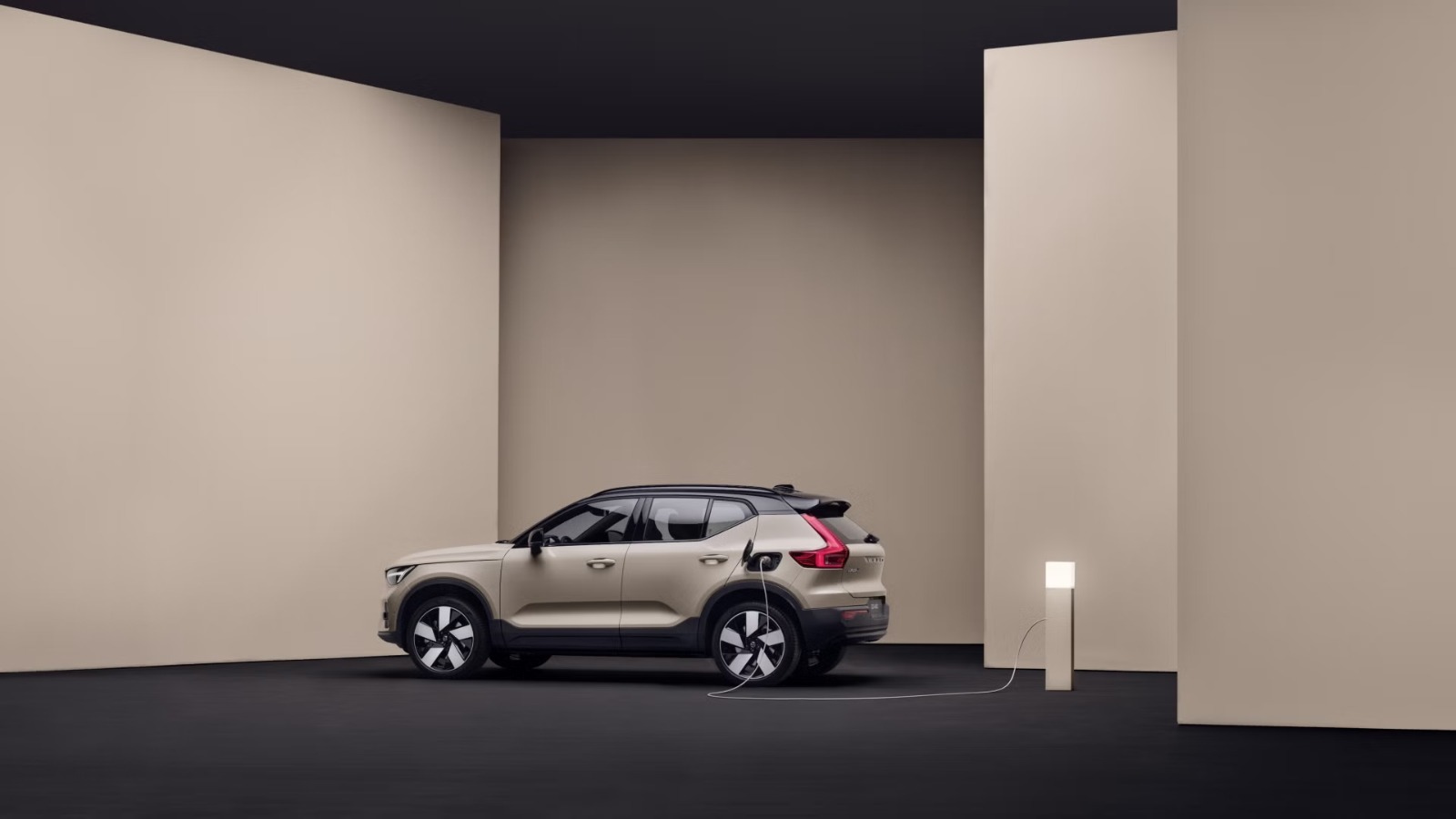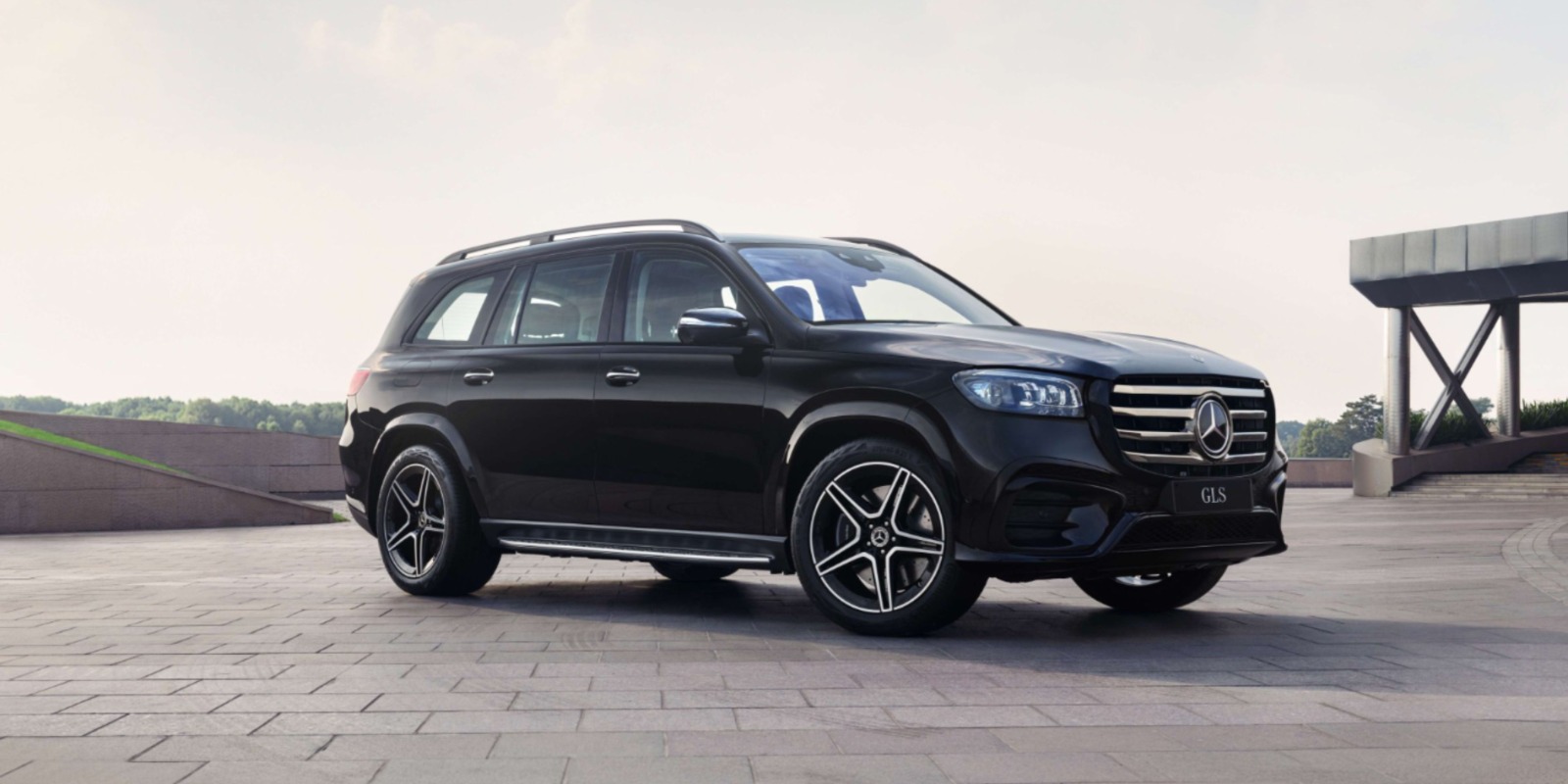There was a time when the idea of Lamborghini and Aston Martin making SUVs would have been met with raised eyebrows and disbelief. These were brands born in the world of motorsport, grand tourers, and cinematic elegance. Yet, in the 2020s, the luxury performance SUV has emerged as a new status symbol, and both the Aston Martin DBX and Lamborghini Urus have rewritten the playbook.
But which of these high-performance beasts truly delivers the perfect mix of adrenaline, luxury, and everyday usability? We put the Aston Martin DBX and Lamborghini Urus head-to-head to find out.
Origins and Brand Philosophy
The Lamborghini Urus, launched in India in 2018, took the market by storm. Built on the same MLB Evo platform as the Audi Q7 and Bentley Bentayga, it combined Lamborghini’s wild styling with real-world practicality. The result? One of the best-selling Lamborghinis of all time.
The Aston Martin DBX, on the other hand, arrived a bit later in 2021. It was Aston Martin’s first-ever SUV and a vehicle that carried the weight of the company’s financial hopes. True to form, it exuded British elegance and handcrafted detail, promising a more refined and tailored experience than its Italian counterpart.
Design and Presence: Elegance vs. Aggression
The Aston Martin DBX is the definition of elegance on wheels. With its wide grille, sweeping roofline, and muscular haunches, it doesn’t scream for attention – it earns it. The proportions are athletic, yet graceful, and every inch of it feels custom-made. This Aston Martin SUV embodies sophisticated luxury.
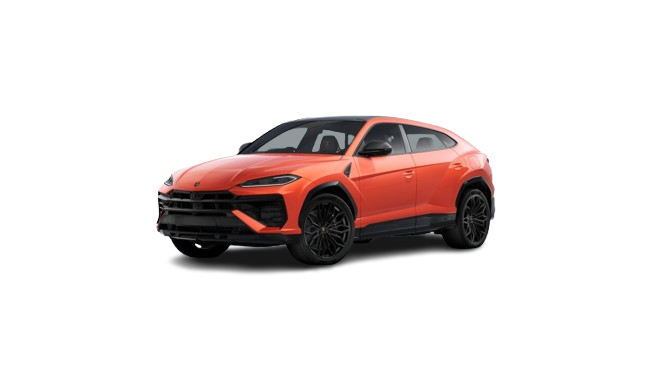 The Lamborghini Urus? It’s unashamedly aggressive. Sharp lines, gaping intakes, and a design that looks like it belongs in a video game. Lamborghini has managed to make a 2.2-ton SUV look like it’s doing 200 km/h standing still. If the DBX is a tailored tuxedo, the Lamborghini Urus is a designer leather jacket with studs – loud, proud, and impossible to ignore.
The Lamborghini Urus? It’s unashamedly aggressive. Sharp lines, gaping intakes, and a design that looks like it belongs in a video game. Lamborghini has managed to make a 2.2-ton SUV look like it’s doing 200 km/h standing still. If the DBX is a tailored tuxedo, the Lamborghini Urus is a designer leather jacket with studs – loud, proud, and impossible to ignore.
Engine & Performance: A Battle of Super SUVs
This is where things get brutal. The Lamborghini Urus is powered by a 4.0-litre twin-turbo V8, churning out 657 hp and 850 Nm of torque in its latest Performante form. It sprints from 0-100 km/h in a supercar-rivalling 3.2 seconds.
The Aston Martin DBX 707, the most powerful version of the Aston Martin DBX, now comes with 697 hp and 900 Nm of torque from a twin-turbo 4.0-litre V8. Its 0-100 km/h time? A blistering 3.3 seconds. The DBX 707 variant is currently the most powerful luxury SUV in the world.
So yes, performance is neck and neck – but the DBX delivers it with a more luxurious ride, while the Urus wraps it in pure ferocity.
Interior and Comfort: British Craftsmanship vs. Italian Flair
Step inside the Aston Martin DBX, and you’re greeted by British craftsmanship at its finest – real wood trims, hand-stitched leather, and a more traditional cabin layout. The infotainment system, borrowed from Mercedes-Benz, is intuitive but a step behind the latest modern systems.
The Lamborghini Urus, meanwhile, gets a more digital-heavy setup. It’s sharp, flashy, and feels cutting-edge. It features Audi’s virtual cockpit, multiple screens, and hexagonal design cues everywhere. It’s dramatic, and that’s exactly what Lamborghini buyers expect.
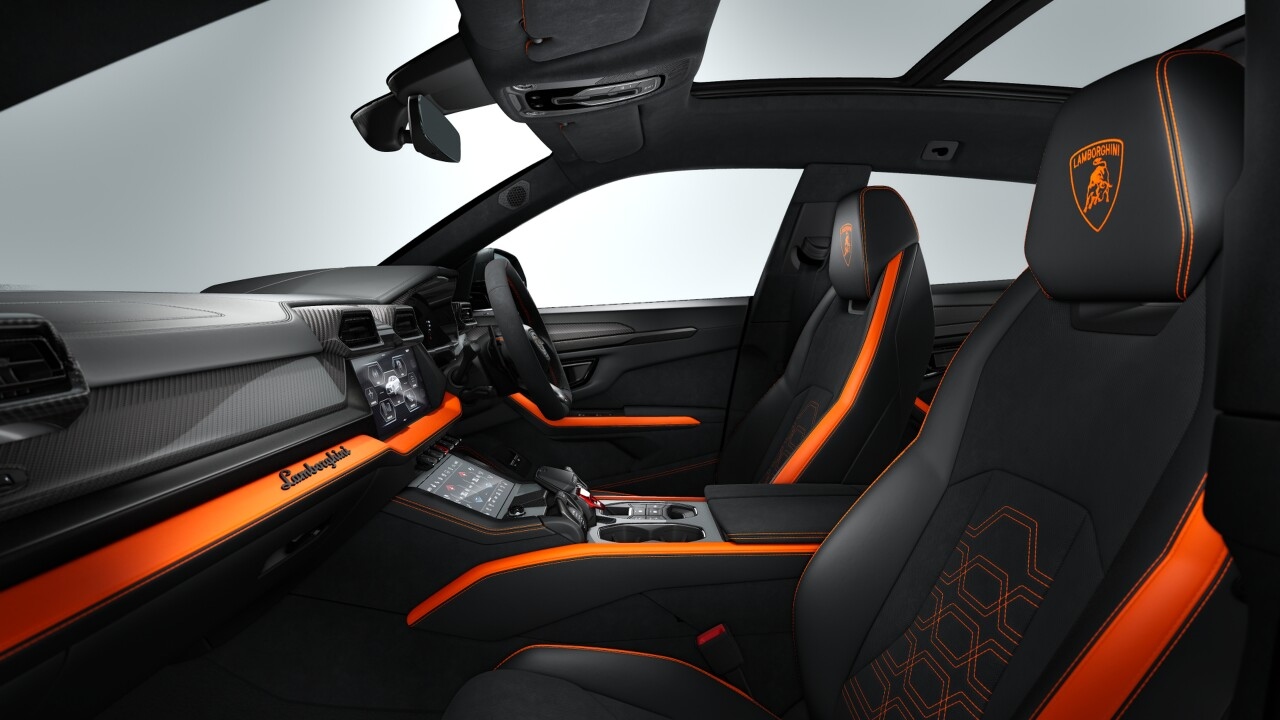
In terms of space, both offer similar rear-seat room, but the DBX edges ahead with better ride comfort and quieter insulation, making it a more serene luxury SUV.
Everyday Usability: Grand Tourer vs. Sportscar on Stilts
While both these SUVs are blisteringly fast, they also promise to be daily drivers. The Lamborghini Urus, with its air suspension and all-wheel-drive system, handles Indian roads surprisingly well. It feels more like a sports car on stilts, living up to its super SUV moniker.
The Aston Martin DBX, however, is more relaxed when you want it to be. Its GT-like dynamics mean it can cruise effortlessly, and the comfort mode is far more cossetting than you’d expect from a 700 hp SUV. Both get multiple terrain modes, but the DBX feels more willing to tackle broken terrain without losing its composure.
Market Positioning & Pricing in India
The Aston Martin DBX positions itself as a refined luxury SUV that emphasizes comfort, bespoke details, and a smooth driving experience. It targets buyers who prioritize a sophisticated, understated yet powerful SUV that reflects British luxury values. The Aston Martin DBX price in India generally starts from around Rs. 4.63 Crore (ex-showroom).
In contrast, the Lamborghini Urus is positioned as a high-performance SUV with a focus on speed, dynamic handling, and eye-catching aesthetics. It targets customers who want a sporty vehicle that stands out on the road, often offering more aggressive styling and a louder presence. The Lamborghini Urus price in India typically starts from around Rs. 4.18 Crore (ex-showroom).
| Feature | Aston Martin DBX | Lamborghini Urus |
| Launch Year (India) | 2021 | 2018 |
| Brand Origin | British luxury | Italian exotic sports |
| Price Range (India) | ~Rs. 4.63 Crore (ex-showroom) | ~Rs. 4.18 Crore (ex-showroom) |
| Design Focus | Elegance and refinement | Bold and aggressive |
| Driving Experience | Smooth, comfortable, GT-like | Sporty, performance-driven, visceral |
| Most Powerful Variant | DBX 707 (697 hp) | Urus Performante (657 hp) |
Note: Approximate ex-showroom prices for the Indian market as of July 2025. Prices may vary based on variant, city, and optional extras.
The Verdict: Which Super SUV is for You?
There’s no wrong answer – only what speaks to your soul. The Lamborghini Urus is wild, theatrical, and unapologetically loud. It’s made for the spotlight, a true super SUV for those who crave attention and raw performance.
The Aston Martin DBX 707 is quieter, classier, and perhaps more rewarding in how it balances speed and serenity. It’s the choice for those who appreciate understated power and British elegance in a luxury SUV.
So, which one do you choose for your garage?
Enquire now through Motozite to get connected with a dedicated luxury car consultant who’ll help you understand the key differences, personalization options, and ownership experience across both icons. Because choosing between two masterpieces should feel like a celebration, not a chore.

